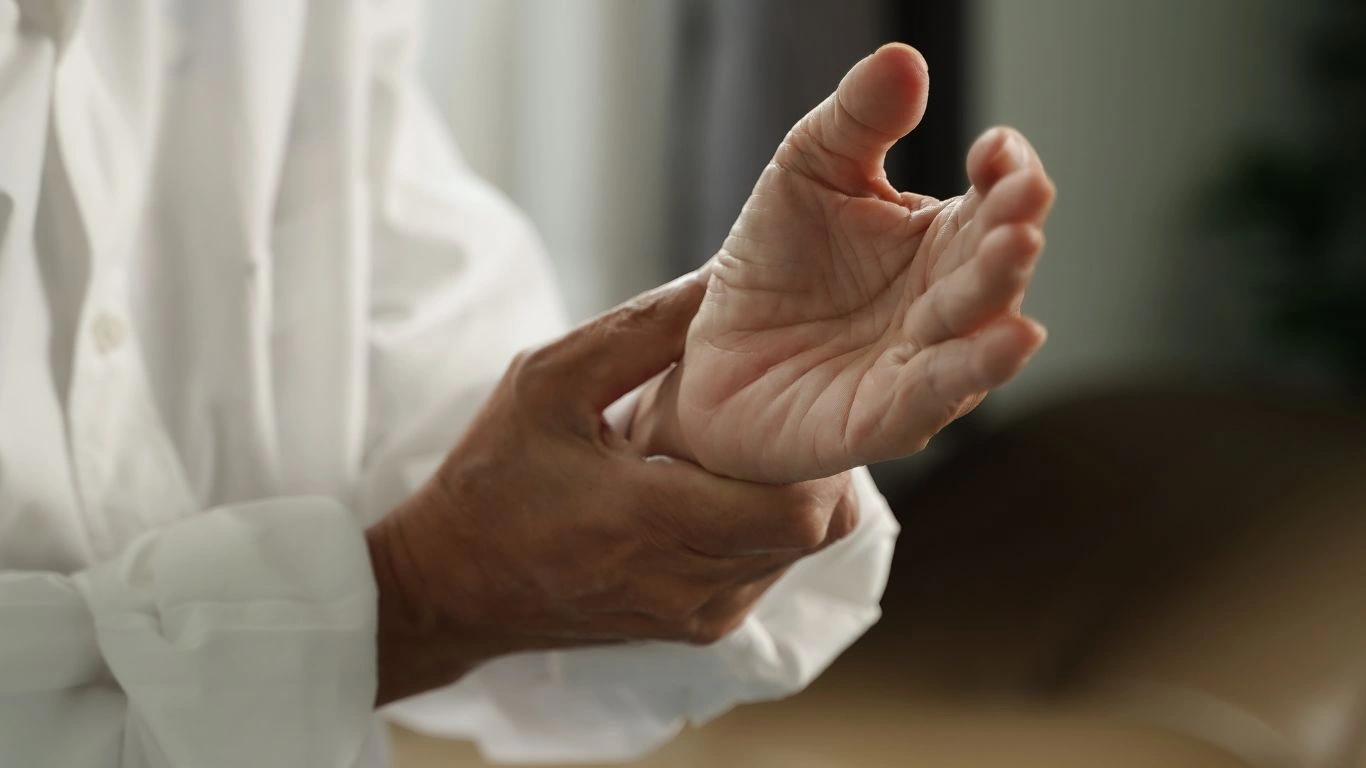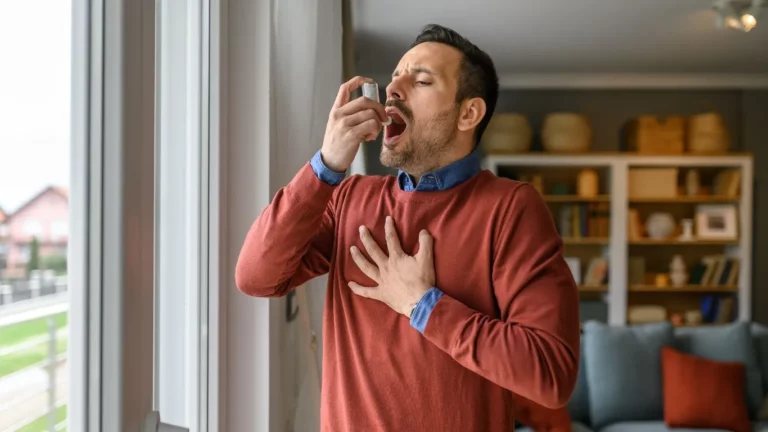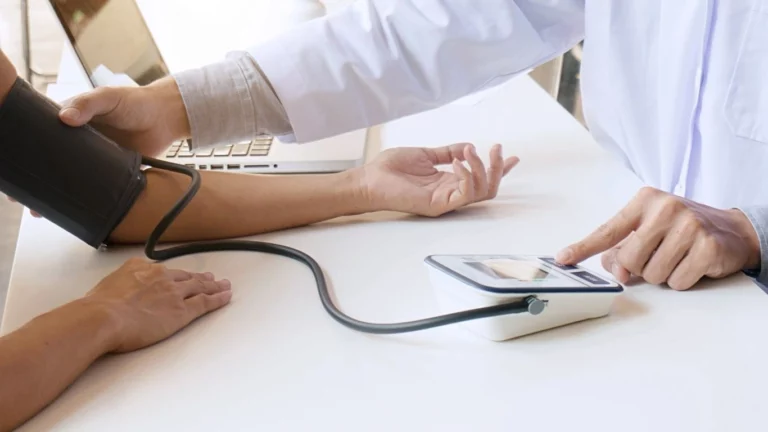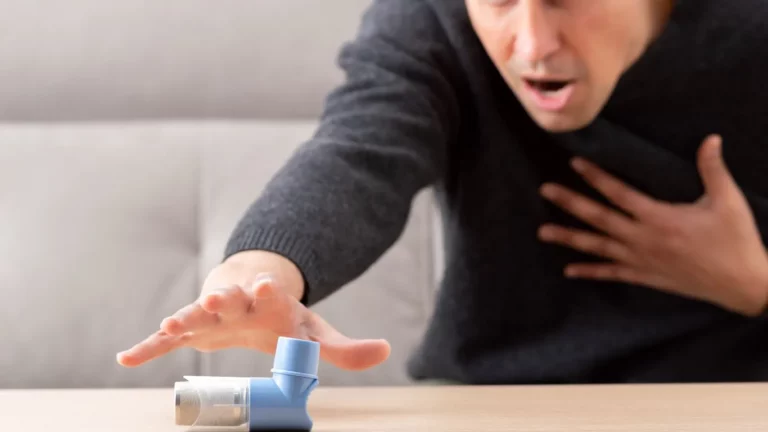Best Home Remedies for RA Flares That Actually Ease the Pain
Last Updated on June 12, 2025 by Tarra Nugroho
Rheumatoid arthritis (RA) flares can be unpredictable and painful. These episodes bring a sudden increase in joint pain, swelling, and fatigue that can disrupt your daily life. While medical treatment is often necessary, many people with RA also look for safe, natural ways to find relief at home. Understanding how RA flares work and how home remedies might help can give you more control and comfort during tough times.
Understanding Rheumatoid Arthritis Flares
Rheumatoid arthritis is an autoimmune disease. That means your immune system, which normally protects you from infections, mistakenly attacks your own joints. Over time, this can lead to inflammation, joint damage, and chronic pain. An RA “flare” is a period when symptoms suddenly get worse after being stable for a while.
Flares can last for a few days, weeks, or longer. They may come on without warning or be triggered by stress, illness, overuse of joints, or changes in treatment. Knowing how RA affects your body can help you make smart choices about managing symptoms at home.
How RA Flares Affect Your Body
During a flare, your immune system sends out signals that cause inflammation in the joints. This inflammation leads to swelling, warmth, stiffness, and pain—especially in the hands, wrists, knees, or feet. You may also feel more tired than usual, have low-grade fevers, or feel mentally foggy.
Over time, repeated flares can lead to joint damage and reduce your mobility. That’s why it’s important to manage them quickly and safely. While medication is key for long-term control, home remedies can be helpful tools to ease discomfort and support recovery.
Common Symptoms of RA Flares
- Increased joint pain and tenderness
- More stiffness, especially in the morning or after rest
- Visible joint swelling or warmth
- Fatigue or low energy
- Brain fog or trouble concentrating
- Low-grade fever or flu-like feelings
Flares may affect a few joints or many. Some people find they also feel more emotional or anxious during flares, which is understandable. Be kind to yourself and know you’re not alone.
Best Home Remedies for RA Flares
These at-home strategies are not cures, but they can make a meaningful difference in how you feel. Most are low-cost, low-risk, and easy to try. Always check with your doctor before starting something new, especially if you’re on medication.
1. Rest and gentle movement
- Listen to your body and rest when needed. Overdoing it can make symptoms worse.
- Short naps, early bedtimes, and quiet time can help you recover.
- Try gentle range-of-motion exercises to keep joints flexible—think wrist circles or ankle rolls.
Taking it slow doesn’t mean giving up. Even a little movement can help reduce stiffness.
2. Warm compresses and heating pads
- Heat improves blood flow and relaxes tight muscles around joints.
- Apply a warm towel, heating pad, or use a warm bath for 15–20 minutes.
- Don’t use heat if your joint is red and hot—that might mean an infection or severe inflammation.
Warmth can feel soothing and help you move more comfortably. Just avoid burns—never fall asleep with a heating pad on.
3. Cold therapy
- Ice packs help reduce swelling and numb sharp pain.
- Use a wrapped ice pack or a bag of frozen peas on swollen joints for 10–15 minutes at a time.
- Alternate with heat if that feels better for you.
Cold can be your go-to during active inflammation. Use it when joints are visibly swollen or feel hot.
4. Epsom salt baths
- Soaking in a warm bath with Epsom salt (magnesium sulfate) may ease sore muscles and joints.
- Magnesium can help reduce inflammation and promote relaxation.
- Add 1–2 cups of Epsom salt to a full tub and soak for about 20 minutes.
Baths are great for both your body and your mood. Try them before bed to support restful sleep.
5. Anti-inflammatory foods
- Eat more fruits, veggies, fatty fish (like salmon), olive oil, and whole grains.
- Reduce processed foods, sugar, red meat, and fried foods.
- Turmeric (with black pepper), ginger, and green tea may help with inflammation.
What you eat affects how you feel. A simple food swap can go a long way during a flare.
6. Stress management
- Deep breathing, meditation, journaling, or talking with a therapist can ease mental stress.
- High stress can trigger or worsen flares—your mind and body are deeply connected.
- Apps like Calm or Insight Timer can guide short relaxation sessions.
Managing stress is part of managing RA. Give yourself grace and space to recharge.
7. Gentle massage
- Massage can help reduce muscle tension and improve blood flow.
- Use a soft touch around the joints—avoid deep pressure during a flare.
- Try self-massage or see a therapist familiar with arthritis care.
Even a 5-minute hand rub with lotion can feel comforting. Every little bit helps.
8. Stay hydrated
- Water supports your joints, reduces fatigue, and helps flush out inflammation-related chemicals.
- Aim for 8–10 cups per day unless your doctor advises otherwise.
- Herbal teas and broths count toward your hydration, too.
Hydration isn’t flashy, but it matters more than you might think. Keep a water bottle nearby.
When to Call Your Doctor
Home care is helpful, but some symptoms need medical attention. Call your doctor if you notice:
- Flares that last more than a few days or keep returning
- New or worsening joint deformities
- Extreme fatigue, weight loss, or fever
- Side effects from your medications
- Signs of infection like redness, heat, or pus in a joint
It’s always okay to ask for help. Early treatment can prevent more serious joint damage and improve your quality of life.
Living with RA takes patience and self-care. Home remedies can’t replace your treatment plan, but they can be a powerful part of it. With the right tools and support, you can get through flares feeling more confident and less overwhelmed.

Tarra Nugroho is a dedicated Nurse Practitioner with a strong foundation in family and preventive care. She brings both compassion and clinical expertise to her practice, focusing on patient-centered care and health education. As a contributor to Healthusias.com, Tarra translates medical knowledge into clear, empowering articles on topics like women’s health, chronic disease management, and lifestyle medicine. Her mission is simple: help people feel seen, heard, and informed—both in the clinic and through the content she creates. When she’s not caring for patients, Tarra enjoys weekend hikes, plant-based cooking, and curling up with a good health podcast.





